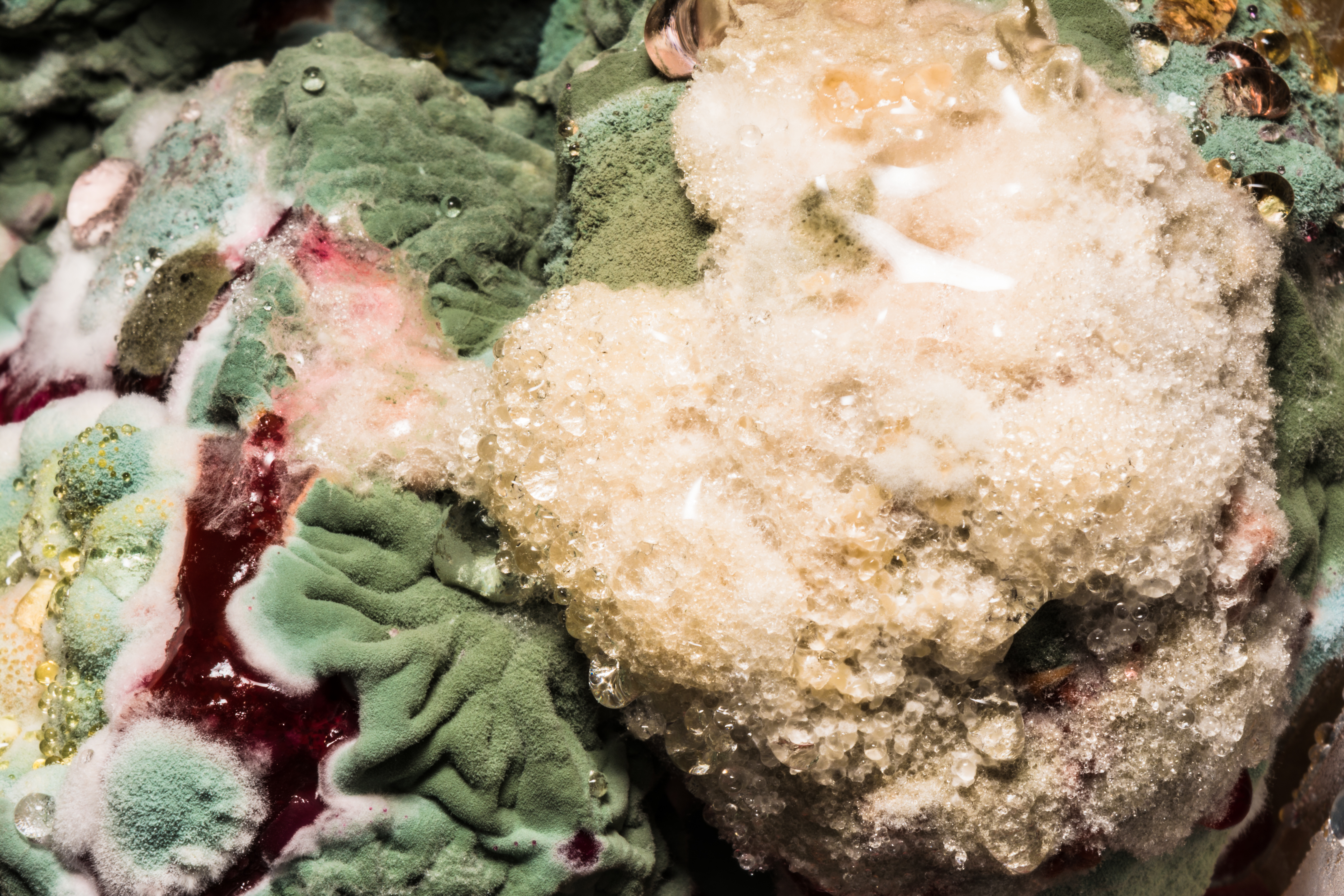This Mindless Fungi Trade Resources With Plants Like A Stock Market
Tags: opinion

As it is universally known, fungi are the Trader Joes of the plant kingdom. In a mutually symbiotic relationship with plants, they trade nutrients and resources, and in return have a place to live. But, one would be surprised to know that they are playing their own scam, where they transport nutrients to places in a starved plant. And the poor plant would pay extra.
Let this not be said that simple, semi-dead organisms aren’t capable of the most devious of tasks.
Most land plants are usually dominated by the arbuscular mycorrhizal fungi, which would transport and deposit phosphorus to the plant while receiving carbon in return.
Due to the multitude of white filaments in the fungi, one single network can be connected to so many other plants and vice versa, that insider trading is quite a probability. The fungus might at any point chose its buyer, while the plant would be able to choose its supplier.
Am evolutionary biologist at the University of Netherlands, Toby Kiers has found that most fungi don’t trade with plants growing in shades. Some are even said to hoard phosphorus, in order to get more carbon.
Recently, with the publication of Thomas Piketty’s best selling work, she found herself asking the question, ‘what happens to the entire trade when there is a resource inequality? What would the fungi do when the amount of phosphorus is patchy?’
In order to find out the answer, Kiers and her associates out quantum dots – multicoloured light emitting particles on the phosphorus networks of fungi, grown in a petri dish.
Now, they exposed the different sides of the Petri dishes to different amounts of phosphorus. The left side got 70%, while the right side 30%. Again, the left side got 90%, while the right got 10%. Finally, both sides got the same amount.
After about 2 months, it was found that more the disparity, more the trade. The absence of phosphorus on one side and the greater quantity of it on the other led to them transporting more and more of it to the root.
Kiers noticed that the resource-rich part was shuffling the amount to the resource-poor part. So, most of the phosphorus on the left side ended on the right side.
The idea behind transporting more resources to resource-scarce areas is pure economics. Where demand is higher, plants would be willing to pay more. The process is simple- buy at a cheap rate, wait for the market to be favourable, and then sell it at a high price.
Over 5000 people have downloaded our free ebook “Growth Hacking Tips And Rituals For Optimal Living” CLICK HERE to get your free copy now
To decide the exchange rate between the two locations, scientists are willing to cover the entire experiment under carbon dating. This would allow one to study complex trading systems.
David Johnson of the University of Manchester remains unsurprised. The fungus might be dependant on the plant for a residence, but it would always look for its own benefit. And that benefit would involve shifting resources to and fro, whenever the environment was favourable.
But what remains a mystery is the versatility of this network, even when there is no cognition. How do they coordinate? Johnson believes that the quantum dots placed would help one study the workings of the molecules as they do something in a particular place, and compare it to a location where there is no activity.
IMAGE CREDIT: Aliaksei Marozau
Leave Comment: